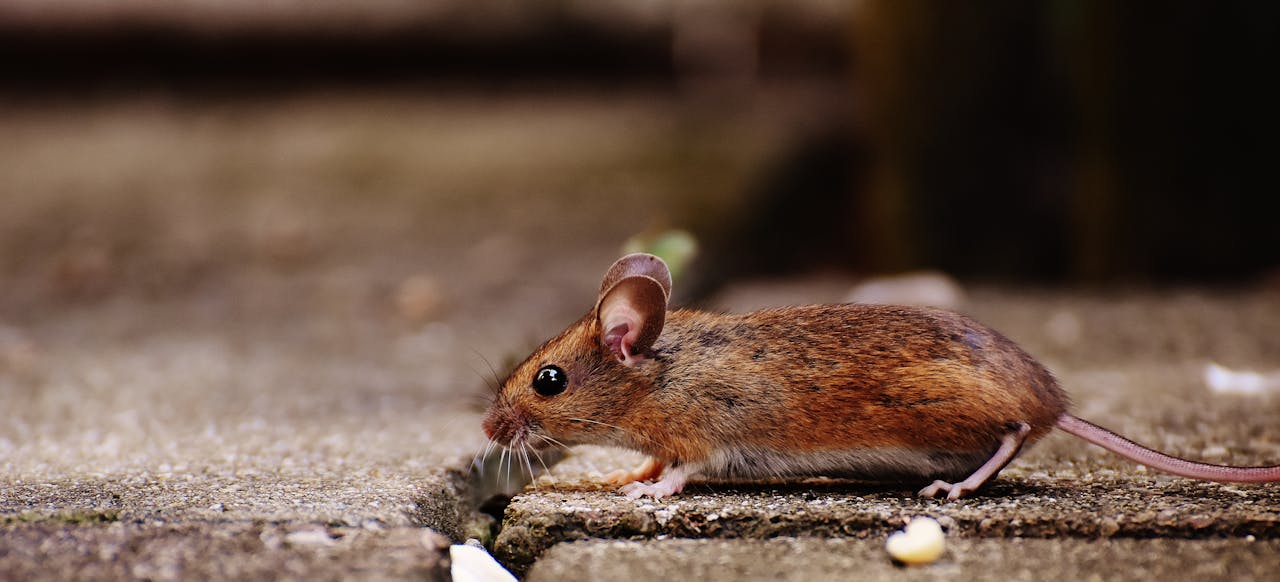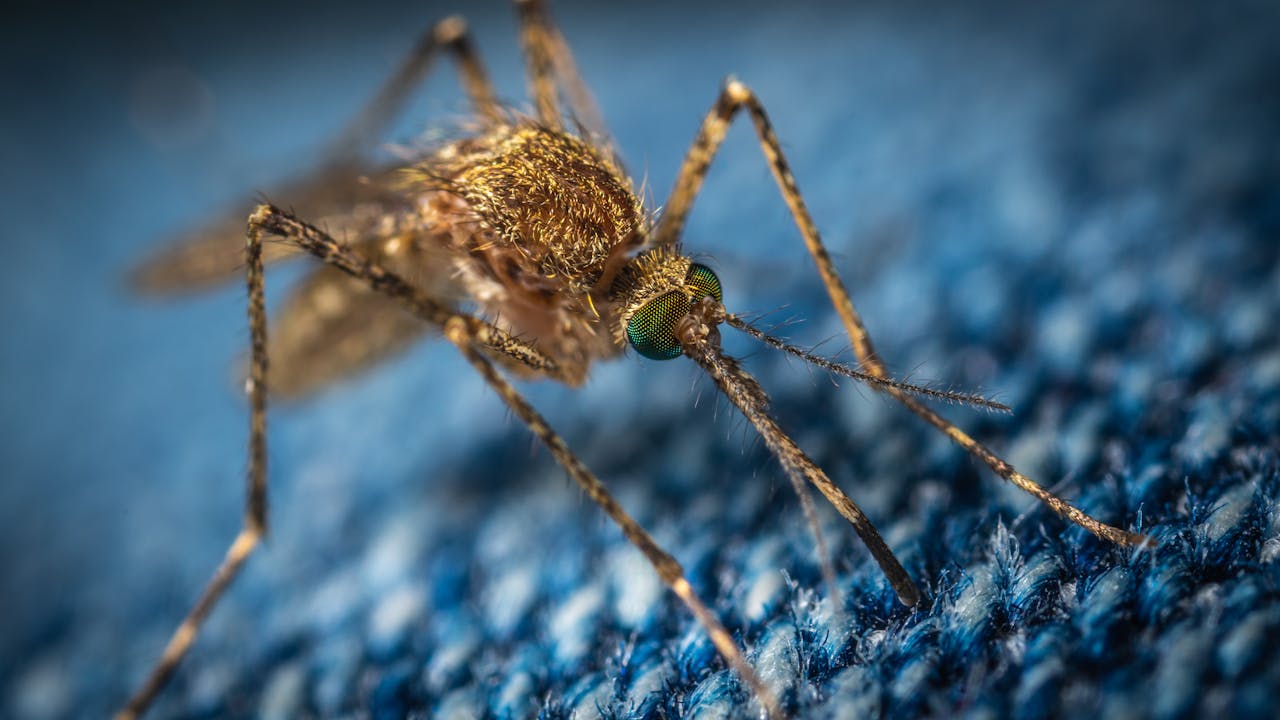Whether they’re spilled juice on the counter or a rotting banana in the fruit bowl, foods left out in the open can attract pests. To help keep them at bay, store food properly and clean up spills and crumbs immediately.
A full trash can is an all-you-can-eat buffet for pests, so make sure you take it out often and don’t let it overflow.
1. Sugar
Sugar attracts a variety of unwanted pests to your home. Pests like flies, cockroaches and rodents are naturally drawn to sweet foods. Cockroaches, in particular, are scavengers that are attracted to anything that gives off a strong smell. This makes overripe fruit and vegetables as well as the contents of your pantry a magnet for these unwelcome guests.
Similarly, fruity or sugary drinks like soda and juice are appealing to pests. If you have an open bottle of these beverages on your counter or in the fridge, they will quickly turn into a breeding ground for fruit flies and wasps.
Peanut butter is another food that entices a variety of household pests. It’s an easy meal for ants and rats to grab on their way through the house, offering them a boost of energy as they munch away. Even the smallest spill or crumbs can provide a veritable feast for pests, so always wipe your countertops and tables clean after every use. If you store your peanut butter in a jar, make sure it’s somewhere that can’t be reached by pests.
2. Alcohol
Cockroaches are particularly fond of beer, as well as coffee (which they use for energy) and sugary juice. Even small spills of these drinks can attract them to your home, so you should always clean up any liquid messes quickly.
Alcohol and other sweet beverages also lure flying pests such as fruit flies, wasps, and bees. These insects have strong scent receptors, so they can track food from a long distance. If you’re going to enjoy a glass of wine or beer outside, be sure to store it in a bug-free location.
Rubbing alcohol is an excellent germicide and can eliminate a wide range of household pests. It’s especially effective against yellow jackets, which release a toxic defensive secretion that can irritate your skin and eyes. You can spray rubbing alcohol around the house to kill soft body pests such as spiders, centipedes, and ants. Just make sure to clear clutter before spraying, as these pests love to hide in out-of-the-way places such as along skirting boards.
3. Peanut Butter
Everyone loves their peanut butter sandwiches or granola bars, but these foods are also a huge attraction to pests. The protein in these foods provides the perfect meal for rodents like mice and rats. The sugar found in these treats gives them the fuel they need to survive and reproduce.
The same can be said for other types of nut butters and any other type of food that has a high-protein content. These are often used as bait when treating for wild rodent infestations or as treats that pet owners give their pets.
Any crumbs that are left on counters or tables will attract pests, including ants and cockroaches. Make sure to always clean up your countertops and table after every meal to prevent these pests from crawling into your home. In addition, it is important to properly store all of these foods in a glass or plastic container that is airtight. Make sure to also dispose of all expired products to avoid pests from entering your kitchen.
4. Cereals
Rodents and other pests love cereal, especially peanut butter-flavored varieties. They also enjoy other nuts such as almonds, walnuts and pecans. The best way to avoid pests like these is to store food items in tightly closed containers. Even the smallest food crumbs on counters and pantries can attract rodents and other pests looking for an easy meal. In addition, wildlife dumpster dives for left over food and garbage.
Cereal is an especially attractive food for pantry pests, such as granary and rice weevils, Indian meal moths and the cigarette beetle (Lasioderma serricorne). These insects infest and contaminate packaged foods and animal/plant-based products, including grains, dried fruits, nuts, pet foods, spices, cocoa, candy, dried flowers and potpourri. They produce unpleasant odors and stains, as well as transmit toxic substances that contaminate food materials for humans and other animals.
Cape Coral pest control suggests keeping them stored properly and clean up spills immediately in order to prevent pest infestations of pantry items. Store bulk items in sealed, tightly closed containers and never mix old and new lots of food products. Moisture favors the development of these pests, while dryness discourages them.

5. Fruit
While fresh fruit is a healthy addition to your diet, it can also lure pests like flies, wasps, and beetles into your home. They are drawn to any sugary drink spills or rotting fruits that might be in your kitchen.
If you enjoy feeding wild birds in your yard, make sure to keep bird seed away from your house. Rats and mice love to eat these seeds, especially when they are left out or in open bags. The resulting mess and odor are a major attraction to rodents and other unwelcome guests, and can lead to severe infestations in your home.
It’s hard to avoid crumbs and spilled food in your kitchen, but you can take steps to prevent pests from making themselves at home in your home. Make sure to clean up any food crumbs promptly, and keep garbage bins inside and outside tightly sealed to prevent attracting rodents. Also, always double bag pet food and trash to prevent rodents from raiding your bins and gaining access to your home.
6. Soda
A can of soda or a glass of fruity juice attracts more than just flies and wasps. Sugary drinks also draw in ants and cockroaches. Spilled soda and food crumbs provide a veritable feast for these pests, drawing them into your home where they can breed, nest, and cause further damage.
It’s best to store food in airtight containers and keep it up off the ground. This will help to prevent pests from gaining access to your favorite foods and snacks.
It’s also a good idea to only eat in one area of the house, such as at the kitchen table, so you can limit where food waste accumulates and create more entry points for pests. You should also regularly clean the areas where you eat, such as sweeping up crumbs and cleaning under and behind appliances. Doing so can reduce the amount of food waste in these areas, which can then discourage roaches and other pests from making their way into your home.
7. Overripe Fruit and Vegetables
Overripe produce is a natural magnet for pests. The rotting food attracts flies, ants, and even beetles and weevils to your home. In addition, any spilled liquids and crumbs provide a perfect hiding place for these pests. Keeping your kitchen clean, clearing out the sink drain, and taking out the trash regularly will help keep pests away from your food.
If you are unable to use up all of your fruits and vegetables before they spoil, try baking them into something delicious. Banana bread, smoothies, and fruit jam are excellent options for preserving overripe foods.
You can also make your own homemade ice cream using overripe bananas. Any leftovers can be stored in an airtight container in the refrigerator. It is also important to properly store your food to discourage pests from entering your home. For example, flour beetles like to live in packets of flour and will chew holes in the package. Keeping your food in glass storage jars will help to deter these scavengers.
8. Leftover Food
Many people make the mistake of leaving food crumbs on their counters or failing to clean out containers after every use. When this happens, flies, ants and other pests are just waiting to find an open invitation to your home.
Spilled soda, juice, coffee and other liquids can also be a welcome sign to pests. Make sure to wipe down your counters after every meal, and use airtight storage containers for any foods that don’t keep well, such as flour and cereal.
Another common problem is piling up trash, both indoor and outdoor bins. Overflowing or leaking containers offer a tasty dinner for rodents, foxes, raccoons and other unwanted pests. Ensure that rubbish is double bagged and that both your indoor and outdoor bins have a secure lid that shuts tightly. This will significantly reduce your risk of a pest infestation.

